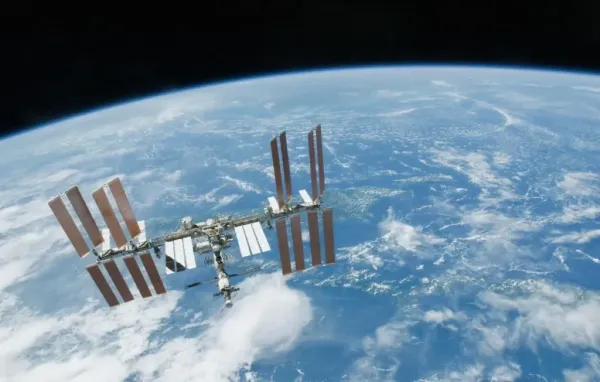
Have you ever wondered how we are able to control a satellite moving in space thousands of kilometers away from the Earth? Be it weather satellites, communication satellites or navigation systems – all are under complete surveillance and control from the earth. But how does the human signal reach the satellite sitting so far away and how does it respond? Come, let us understand the science behind this technological miracle.
Signal journey starts from ground station
Specially built ground stations on Earth are the main centers from where instructions are sent to the satellite. These stations are equipped with huge antennas and transmission systems. When a command needs to be given to a satellite—such as changing its direction, activating a camera, or sending data—this command is sent into space via radio waves from the ground station.
Technology to radio waves
Radio frequency bands are used to transmit signals to satellites, such as X-band, S-band, or Ka-band. The speed of these radio waves is equal to the speed of light (about 3 lakh kilometers per second). This means that the signal takes only a few milliseconds to reach the geostationary satellite located 36,000 kilometers away from Earth.
How does one receive satellite signals?
Every satellite has a system called transponder. This system catches the signal coming from the Earth, decodes it and takes action accordingly. For example, if the satellite is instructed to turn on the camera, the transponder processes that signal and turns on the camera.
Two-way communication system
Satellites not only receive signals, they also send data back to Earth—such as weather images, GPS locations, or television signals. This is called downlink. Whereas when we send a signal to the satellite, it is called uplink. This two-way communication system is the backbone of satellite operations.
India’s satellite control system
Indian Space Research Organization (ISRO) has advanced ground stations in cities like Hassan (Karnataka), Bhubaneswar, SHAR (Sriharikota). Through these, our satellites like INSAT, GSAT, NAVIC are controlled. Signal strength, clarity and delay are calculated with utmost precision so that there are no technical hurdles.
Signal delay and security considerations
Although the exchange of signals between a satellite and a ground station is extremely fast, when satellites are very far away (such as Mars or lunar missions), the signal can take up to several minutes to arrive. In such a situation, automatic systems and programmed commands are relied upon. Additionally, encryption and cyber security technologies are also used to protect communications from hacking or interception.
Repeatedly heated oil can become poison, doctors give serious warning